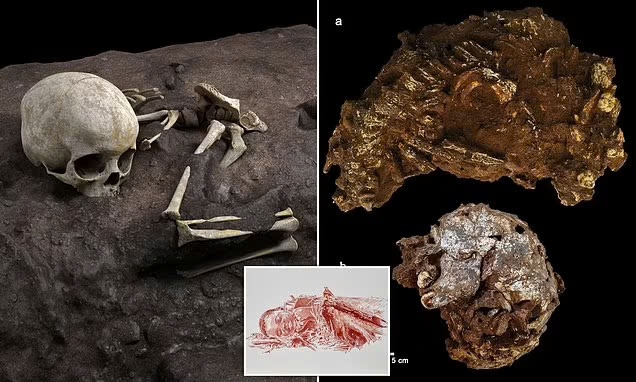78,000-Year-Old Remains Discovered in Kenyan Cave

In a groundbreaking archaeological discovery, researchers have unearthed the oldest known human burial in Africa, shedding light on the funeral practices of our ancient ancestors. The finding, detailed in a study published in the journal Nature, provides a rare glimpse into the emotional and cultural lives of early humans.
The Discovery of Mtoto
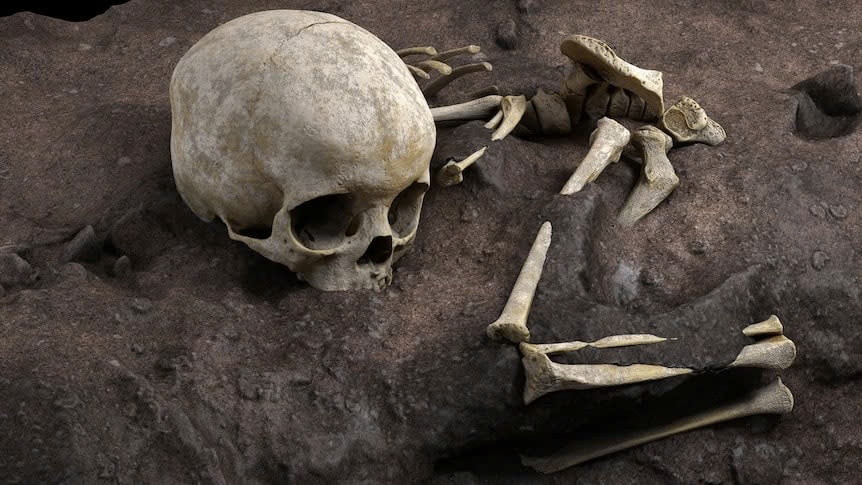
A team of archaeologists from Germany’s Max Planck Institute for the Science of Human History and the National Museums of Kenya made the remarkable find in the Panga ya Saidi cave complex in southeast Kenya. The remains, belonging to a Middle Stone Age child aged between 2.5 and 3 years old, were named “Mtoto,” meaning “child” in Swahili.
Unveiling Ancient Rituals
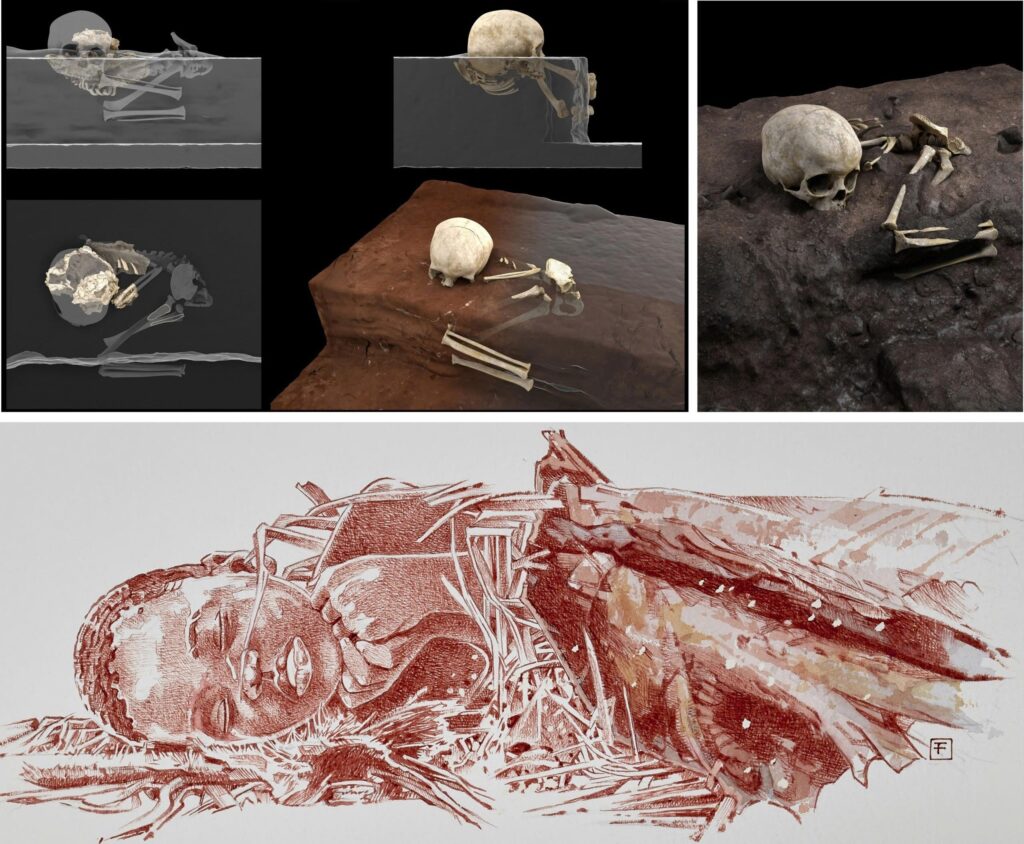
The discovery of Mtoto’s burial site reveals a level of care and ceremony previously unseen in such ancient remains. The child was laid to rest in a deliberately excavated pit, positioned on their side with knees drawn to the chest, suggesting a carefully planned interment. Most notably, evidence indicates the child’s head may have rested on a cushion-like support, hinting at a possible mourning ritual.
A Window into Early Human Behavior
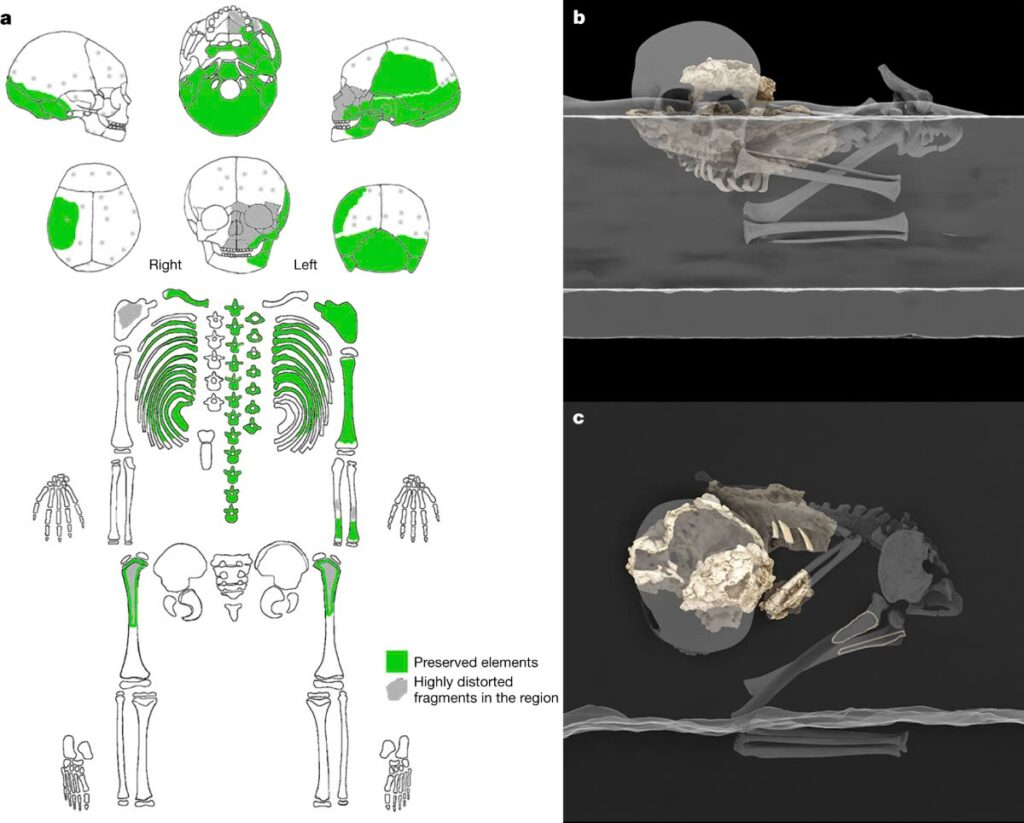
Nicole Boivin, director of the Max Planck Institute for the Science of Human History, emphasizes the significance of this find: “Deliberate burial of the dead is so far confined to just Homo sapiens and Neanderthals, setting us apart from all other ancient hominins, and any other animal. Study of mortuary and burial practices gives us insight into the evolution of our own species, our thoughts, emotions and cosmological beliefs, and what it means to be human.”
From Discovery to Analysis
The journey from initial discovery to full understanding of the site’s importance was a long one. Parts of the bones were first found in 2013, but it wasn’t until 2017 that the burial pit was uncovered. Due to the delicate nature of the remains, they were carefully extracted and sent to the National Research Center on Human Evolution in Burgos, Spain, for detailed analysis.
A Treasure Trove of History
Beyond the burial itself, the Panga ya Saidi cave complex has yielded a wealth of historical artifacts, including seashell beads and thousands of tools. These items represent the technological transition from the Middle to Later Stone Ages, further enriching our understanding of human development during this crucial period.
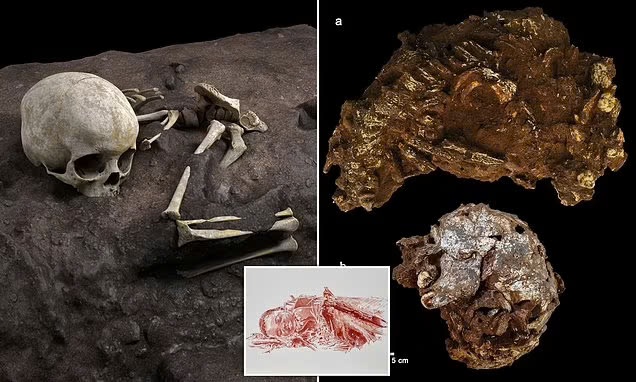
This extraordinary find not only pushes back the timeline of intentional human burials in Africa but also offers invaluable insights into the social and cultural practices of our ancestors. As researchers continue to study Mtoto and the surrounding archaeological context, we may gain even deeper understanding of the origins of human ritual and emotion.
